
Zen-style gardens use natural elements to create tranquil spaces where homeowners can find peace in their own backyards.
By Ashley Probst
Standing in an expansive garden complete with a tea house, koi pond and 100-year-old trees is a vivid childhood memory for Laguna Landscapes & Construction owner Chris Peterson.
“From a young age, I was exposed to a lot of different gardening styles, but found myself drawn toward the peacefulness … of Zen [gardens],” Peterson says.
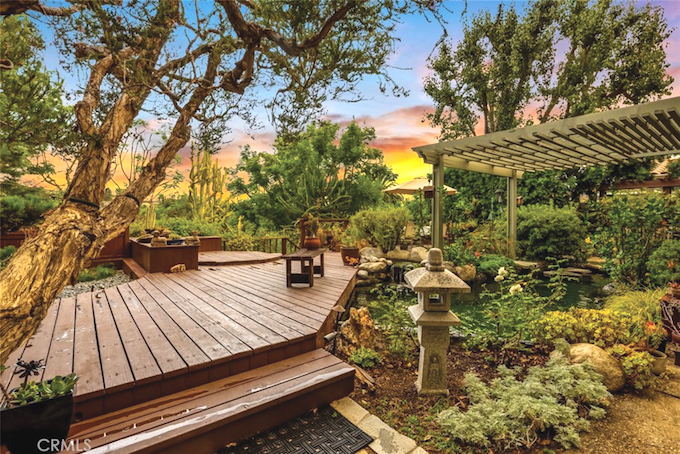
Zen gardens are known for invoking a sense of serenity, and they give homeowners an opportunity to commune with nature amid their otherwise hectic lives.
“After [a] rigorous day at work, … you can come home and sit [in the garden] by your koi pond and look at the beautiful fish, which are living art pieces,” says Greg Zuccolotto, co-owner of Laguna Koi Ponds, adding that such water features are often included in this type of garden. “… It’s just a very relaxing, Zen moment.”
Connecting With the Elements
There are many things to consider when creating your own Zen garden, but one of the main factors is incorporating natural elements into the landscape design. These details serve as a reflection of the natural world, and gardens focus on a few key components.
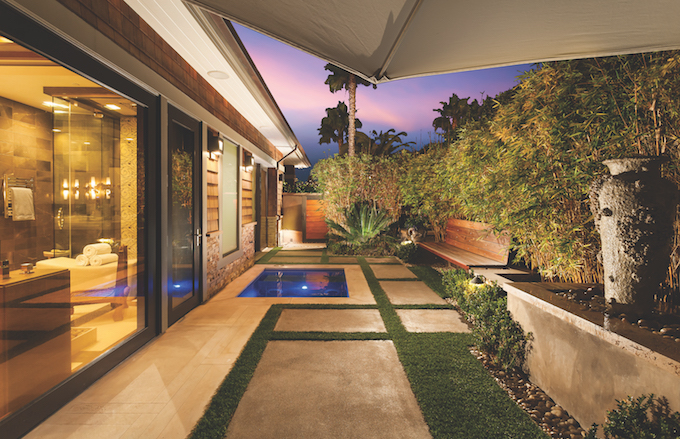
Rocks represent the mountains; water can take the form of a waterfall, stream, pond or fountain; plants often include pine and cherry trees as well as bamboo; ornamental pieces carry specific symbolism, such as lanterns for enlightenment; “shakkei” (the Japanese term for borrowing preexisting scenery) honors the surrounding landscapes and incorporates them into the background of the garden; and bridges symbolize one’s journey through life and beyond.
“It’s an adventure unto itself in that you are attempting to re-create nature in a confined space, and so it’s your goal to try and utilize these different elements,” Peterson says.
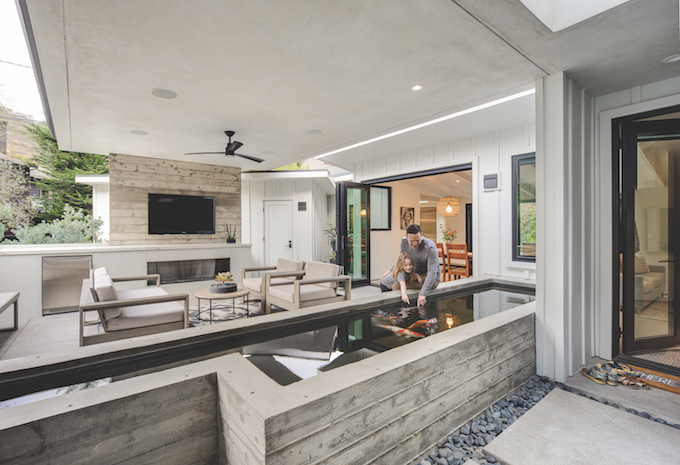
On the other hand, some Zen gardens take a minimalist approach, featuring a rectangular area filled with sand or gravel and an occasional rock, as well as a rake or comb for drawing patterns in the aggregate as a way to relax.
“[Zen gardens] can be very extravagant and all-encompassing … or they can be just as simple as that sand patch with a rock or two and the ability to walk in there and actually hands-on comb that sand to find a sense of serenity and meditation,” Peterson explains.
Living Art Pieces
When it comes to adding a water element, some homeowners may opt for a water garden or koi pond. Laguna Koi Ponds, owned by Zuccolotto and Ben Plonski, is a local company (based in Laguna Canyon) that specializes in installing, maintaining and supplying resources for both.
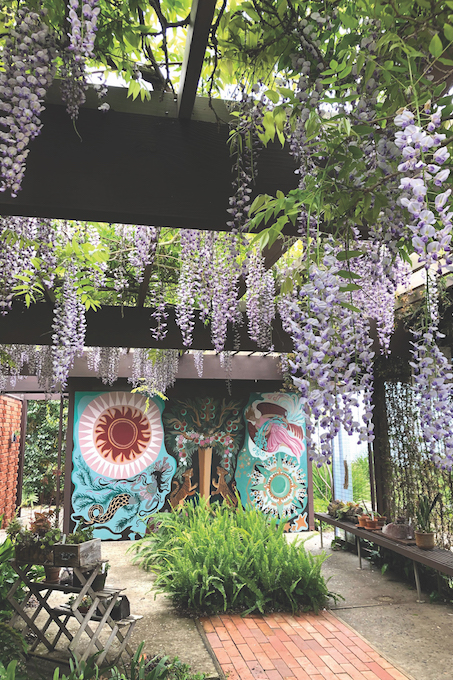
“Koi fish are a part of Zen gardens a lot of the time because they bring peace and harmony and beauty to an area,” Zuccolotto says.
According to Zuccolotto, a true koi pond doesn’t have many plants because the beauty lies in the koi fish, which he refers to as “living art pieces.” He said homeowners can still choose to incorporate plants, but when doing so they may want to consider a particular type of pond.
“More natural-style ponds with boulders and rocks and streams, those are more conducive … to plants,” Zuccolotto says.
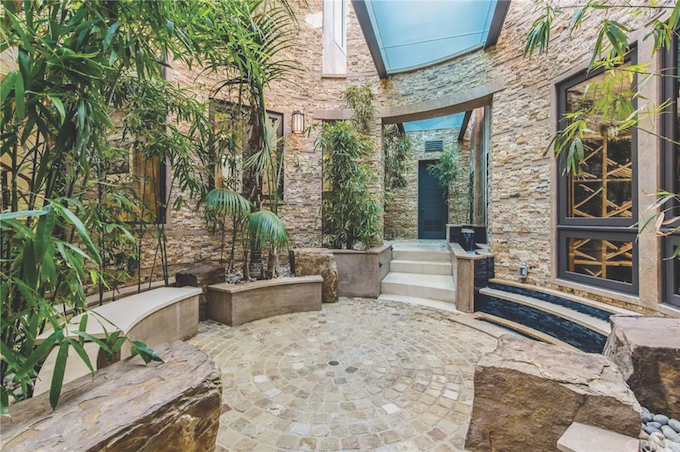
Vegetation that does well in these types of environments are water varieties of lilies, hyacinths, cannas, bog plants (also called marginal plants) and papyrus. In order to care for the fish and plants properly, Zuccolotto recommends placing the pond somewhere that gets at least six hours of sun a day.
Another imperative part of any koi pond is how the water is filtered. Laguna Koi Ponds designs biological filtration systems, which create a nitrogen cycle that turns the fish waste into clear water that filters back into the pond through a moving water element like a waterfall.
As for the fish themselves, Zuccolotto explains that koi are schooling fish, so they like being close together and don’t mind crowded conditions—as long as they’re in properly filtered water.
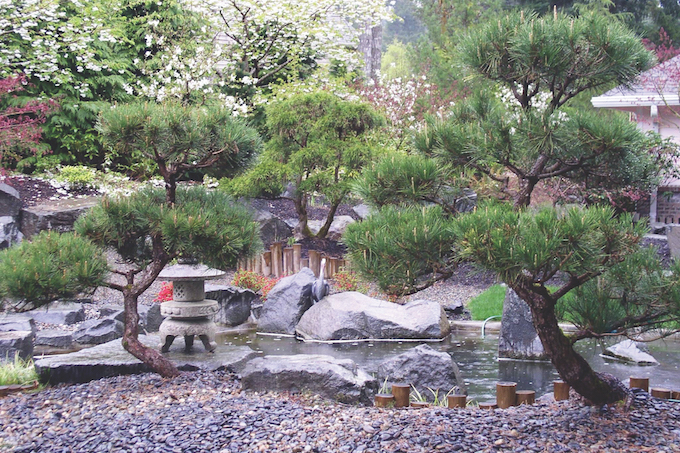
“Raising koi fish is kind of like people: You are what you eat and the environment you live in,” Zuccolotto says. “… Koi fish can live up to 100 years if they’re kept in the right environment.”
Peterson also urges homeowners who decide to maintain any type of fish pond to install netting as a means of protection from hungry birds as this region is right on the Pacific Flyway, an avian migration path.
Creating a Zen Space
After homeowners decide what type of Zen garden and natural elements they want, the next step is designing their space.
Placement of the garden is imperative, and Peterson says that “a northeastern exposure would probably be the most successful,” or homeowners can create shade by planting trees like wisteria. This is necessary because most of the plants that will thrive in a Zen garden need to be shaded from the sun.
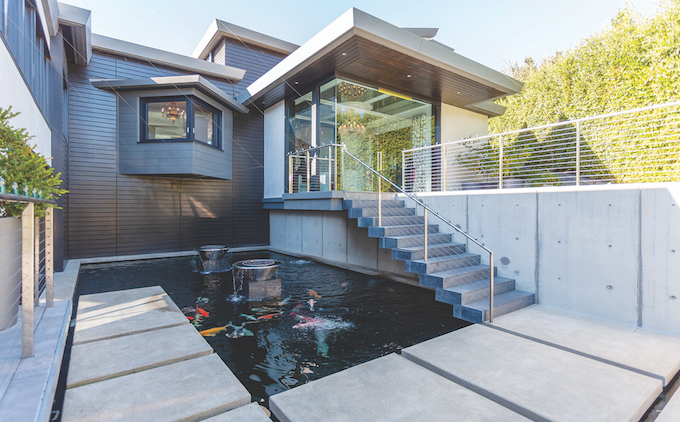
Additionally, this is something to keep in mind if one does want to include a koi pond in their Zen garden, as these elements require different environments and may demand a strategic design.
Peterson also recommends selecting a focal point for the garden—a space where one could sit on a bench and look out at the entire vista, for example. The rest of the garden can then be built out from there. “It’s all a layering process,” he says.
Choosing the right plants is another important part of creating a Zen garden, and Peterson recommends relying heavily on evergreens. “It’s that variation of shade[s] of green that gives you a sense of depth and texture,” he says.
Some of the most commonly used plants include pittosporum, gardenias, camellias, azaleas, black pine trees, flowering cherry trees and, of course, bamboo.
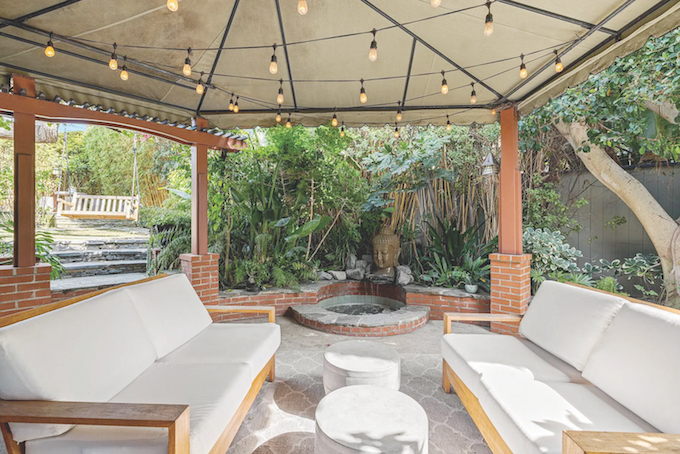
Peterson does warn to use caution with the latter because there are two types of bamboo. Running bamboo grows exponentially, and it may end up where homeowners don’t want it. Instead, he recommends a clumping type of bamboo like the Golden Goddess variety.
If you’re creating a Zen garden on your own, Peterson recommends starting small to make room for mistakes like choosing the wrong variety of bamboo. “Pick the location … [and] experiment on a small scale,” he says. “… Visualize the entire thing before you create it, otherwise you might find yourself moving stuff around a lot.”
Whether you make it a DIY project or hire a professional to create this serene space, a Zen garden is the perfect place to find peace right in our own backyard.
